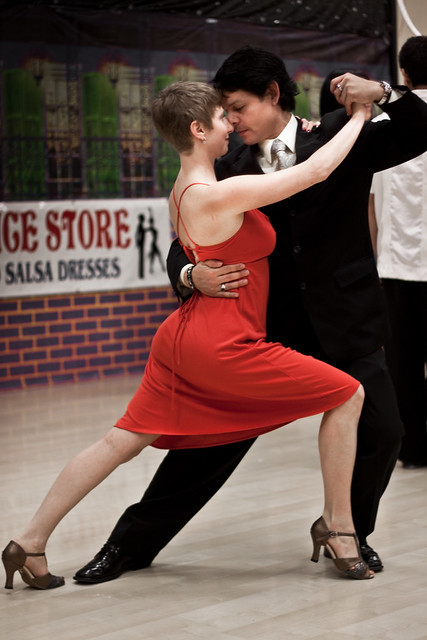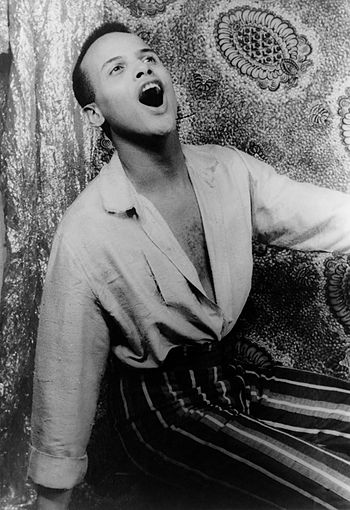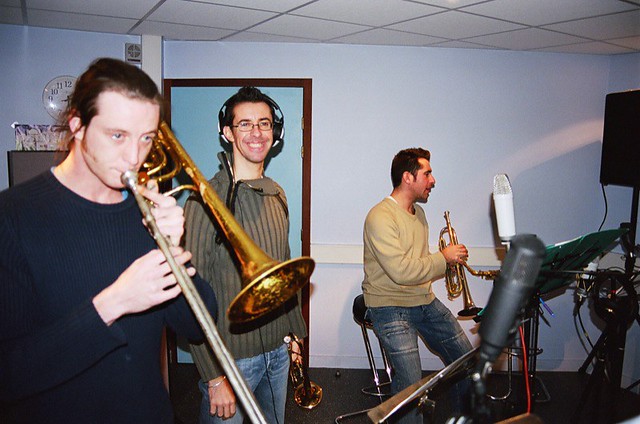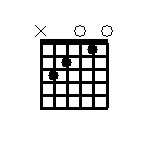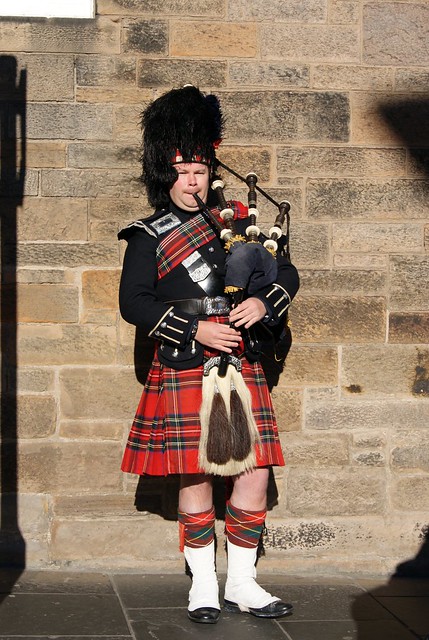 |
| Photo by Silly Little Man |
Playing of the bagpipes is rapidly becoming something of a lost art, but those who choose to take up the instrument will find a world of pleasure. Learning to play the instrument itself is somewhat difficult, and hinges on a trio of important opening steps: the purchase and playing of a practice chanter, the use of an instruction book and lessons from a teacher.
A practice chanter looks something like a recorder that many of us played for a time in elementary school. The practice chanter should be used well in advance of picking up a full instrument in order for the student become acquainted with the method behind playing the bagpipes. Later the practice chanter will become a way to practice songs, learn highly complex fingering sequences and to take to places where pulling out the entire instrument is just not feasible. Look for a practice chanter of a good design, featuring a good reed. Quality is highly important at this stage because a student learning to play needs to learn on a reliable instrument.
At this point, the student needs to incorporate both a practice book published by a reputable source and, if at all possible, lessons with an instructor. This is important because the student needs to know fingerings of notes and technique well in advance of picking up an actual bagpipe. Search hard for a formal instructor, or even just an accomplished player, to help with hands-on, real-life experience.
After the practice chanter is mastered, the student can move on to the actual bagpipe. The first step in picking up the entire instrument is basically to pick it up in parts. At first, students need to use a "goose," which is a bagpipe without its three drones. The drones are simple tubes, each usually featuring a single reed, which lay over the shoulder or across the arm opposite the bag. Players change the pitch of the tune by manipulating the drones. Using the "goose" lets the student begin to play while concentrating on developing adequate breathing techniques and learning bag control.
The process of setting up a pipe, its reeds and the tuning process can be highly complicated and can take years for a beginning player to learn and fully master. This is yet another reason why some instruction from an experienced player or professional tutor is essential. Care of the instrument includes the ability to put it together and take it apart correctly from the beginning, and these are skills more easily learned from an experienced individual than from a book or a tutorial video.
With some work, a player wanting to learn to play the bagpipe can begin to master the craft. All it takes is the proper equipment and adequate instruction, and a would-be player can be belting out tunes in seemingly no time at all. Find a reputable provider of the necessary equipment, along with a teacher to help along the way, and the ability to play the bagpipes is well within grasp.
|






